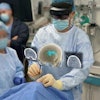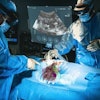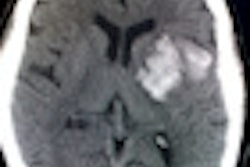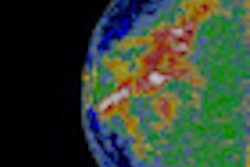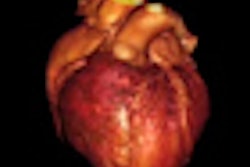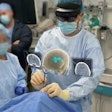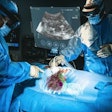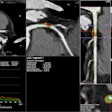Tuesday, November 30 | 3:00 p.m.-3:10 p.m.| SSJ01-01 | Room E352
French researchers using 3D digital breast tomosynthesis are finding lesions that can't be visualized on conventional 2D mammography, and by integrating a tomosynthesis biopsy unit, they say they can biopsy and analyze a broader range of breast lesions compared with 2D digital mammography.Juliette Viala, MD, and her team from Hôpital Privé d'Antony performed a total of 65 stereotactic vacuum-assisted biopsies on their digital breast tomosynthesis system. Fifty-nine patients had a single lesion, and three patients had two lesions. Having patients in the lateral decubitus position allowed the shortest skin-targeting approach. A compression paddle adapted to the system was used for x-y-axis localization, the researchers reported.
Out of eight malignant lesions, conventional 2D digital mammography failed to detect five, while underestimating the BI-RADS 3 lesions. But 3D digital breast tomosynthesis depicted malignant lesions not visualized on 2D digital mammography. The use of an integrated biopsy unit will permit histology analysis for lesions classified as BI-RADS 4 and 5, they said.
